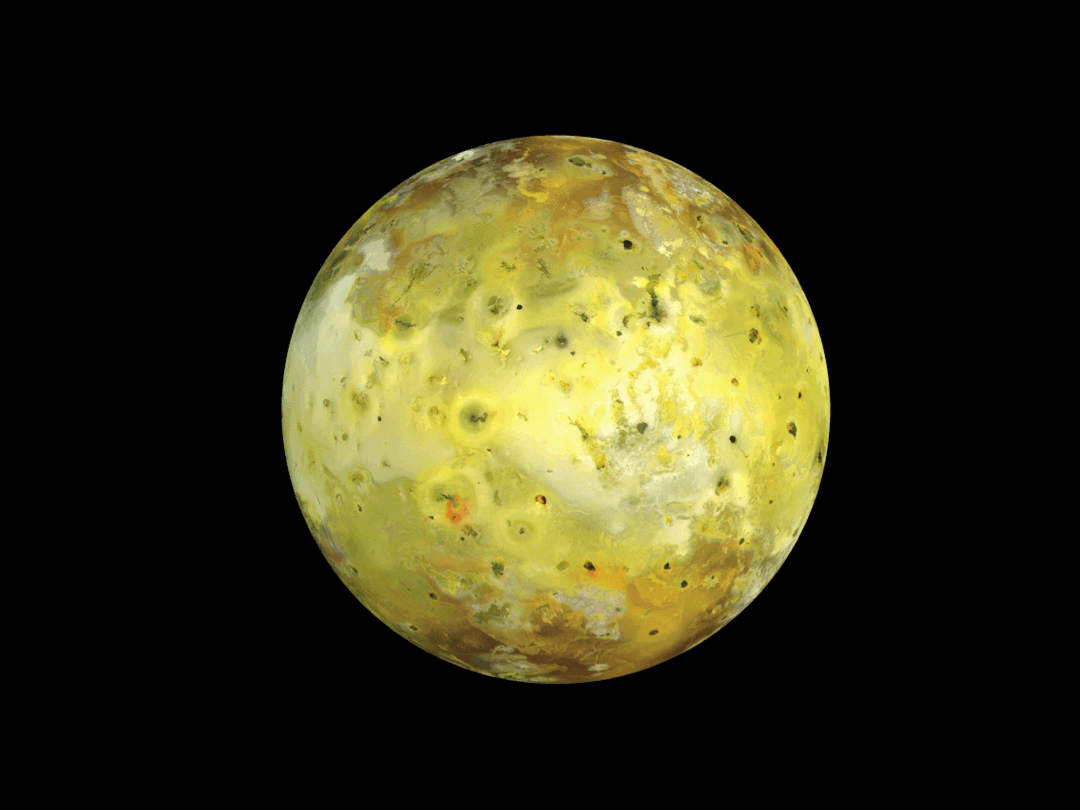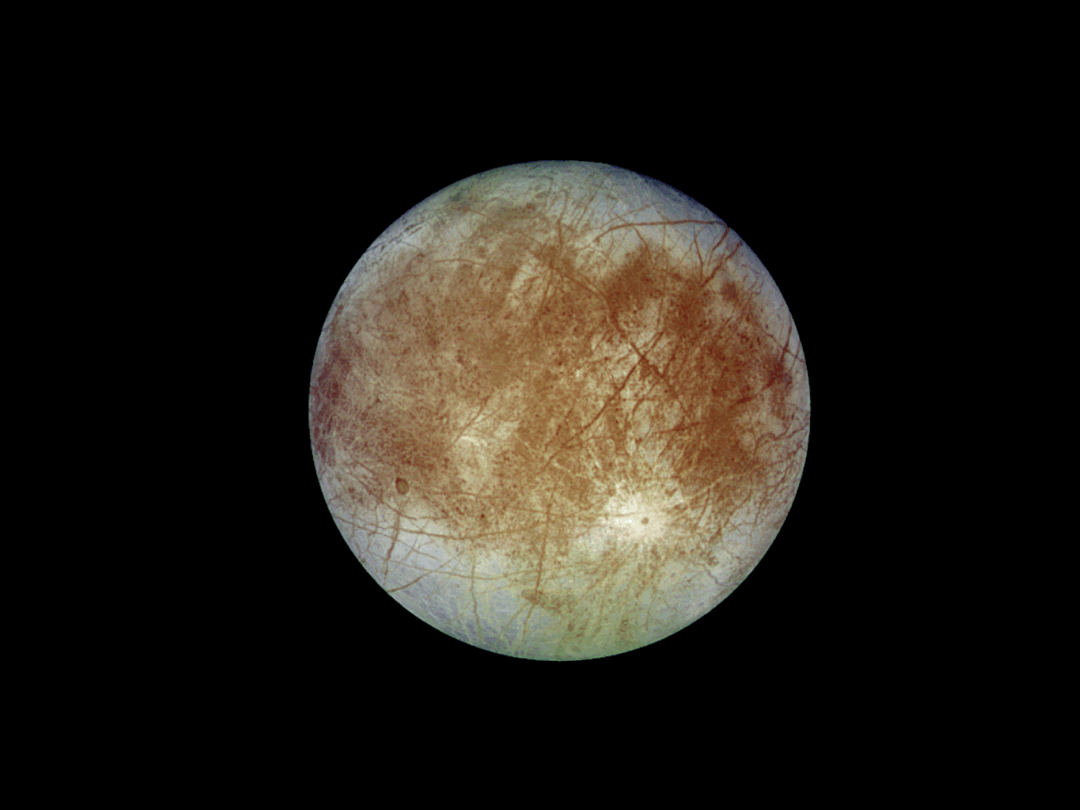
Apurva V. OZA
Staff Scientist
Division of Geological and Planetary Sciences
California Institute of Technology
Affiliate
Jet Propulsion Laboratory
Visiting Lecturer
University of Bern

Detection and Dynamics of Satellite Exospheres (PhD, 2017)
C'est Quoi une "Exosphère" ? An exosphere is the boundless, external envelope of a gas tenuously extending from a planetary surface or atmosphere. This gas represents the interface between planets and stars as it directly transitions into the interplanetary medium (a.k.a space). What is unique about the gas is: it is, by definition collisionless rendering it unlike any gas one experiences on Earth. This gas would be more similar to a near-vacuum than oxygen itself (प्राणवायु). Understanding, the dynamics of such a physical system are hence quite complex, as the system can behave far from the familiar thermodynamic equilibrium of a gas.

[Exo]Planet-[Exo]moon evolution can occur on rapid (~days) to geological (~Gyr) timescales. Using spacecraft data (JUNO/JIRAM), space observatories (Spitzer, Hubble Space Telescope) as well as ground-based high-resolution spectrographs (VLT/ESPRESSO; HIRES/KECK) we can capture spectral signatures of this evolution and even question their origin. Surprises include evaporating exomoons and new thermal outgassing mechanisms.
Io (JI)Extraterrestrial & Extrasolar Volcanism: Probing Magma Oceans and Outgassing on Io & exo-Ios via Infrared Spectroscopy

Europa (JII)Thermal Outgassing and Radiolysis (Oza & Johnson 2020)
Research Interests
Planetary Evolution is a fundamental phenomenon largely driven by the physics of atmospheric escape. The applications are far reaching spanning several topics. Here are my current projects in 2021:
[Exo]Planet-[Exo]moon evolution can occur on rapid (~days) to geological (~Gyr) timescales. Using spacecraft data (JUNO/JIRAM), space observatories (Spitzer, Hubble Space Telescope) as well as ground-based high-resolution spectrographs (VLT/ESPRESSO; HIRES/KECK) we can capture spectral signatures of this evolution and even question their origin. Surprises include evaporating exomoons and new thermal outgassing mechanisms.
Latest Works
Alkali Exoplanet-Exomoon Systems Orbiting Nearby Stars: Gebek & Oza 2020, MNRAS; Oza, Johnson, Lellouch et al. 2019, ApJ; Hoeijmakers et al. 2020 (A&A)
Radio-Loud Exomoons : Narang, Oza, Hakim et al. 2021 (Frontiers in Exoplanets, in prep).
Europa & Ganymede: O2 प्राणवायु : Hesse, Jordan, Vance , and Oza 2021; Oza & Johnson 2020, AAS; Oza, Leblanc, Johnson et al. 2019, PSS; Leblanc, Oza, Leclercq et al. 2017 (Icarus); Johnson, Oza, .
Atmospheric Escape : Oza & Johnson 2020, AAS; Oza, Leblanc, Johnson et al. 2019, PSS; Leblanc, Oza, Leclercq et al. 2017 (Icarus); Oza, Johnson, Lellouch et al. 2019, ApJ .
Atmospheric Escape :Hesse, Jordan, Vance , and Oza 2021; Oza & Johnson 2020, AAS; Oza, Leblanc, Johnson et al. 2019, PSS; Leblanc, Oza, Leclercq et al. 2017 (Icarus); Oza, Johnson, Lellouch et al. 2019, ApJ .
Outgassing collaborations :Hesse, Jordan, Vance , and Oza 2021; Oza & Johnson 2020, AAS; Oza, Leblanc, Johnson et al. 2019, PSS; Leblanc, Oza, Leclercq et al. 2017 (Icarus); Oza, Johnson, Lellouch et al. 2019, ApJ .
DISHOOM DISHOOM
Desorbing Interiors via Satellite Heating to Observe Outgassing Model. A transparent, semi-analytic model for active [exo]planetary bodies. The model first calculates the heating rate due to tides and/or thermal and plasma irradiation. Subsequently, the mass loss rate, and eventual rate of outgassing is estimated based on the species in question. For Europa, these are water products, and for Ios (and exo-Ios) these are volcanic volatiles. Finally, based on the atmospheric evolution, the observable line-of-sight column density is estimated. Here is the github link for open-access :).
TEACHINGTEACHING
I teach "Planet Formation and Evolution" (Graduate) with Professor Yann Alibert as a visiting lecturer at the University of Bern. Non-pandemic summers I taught "Introduction to Planetary Astrophysics" (Undergraduate/Graduate) at the Indian Institute of Astrophysics and the Raman Research Institute. Previously I served as a T.A/Instructor at the University of Virginia "Unsolved Mysteries of the Universe" and "[Skynet] Astronomy 101 L: Our Place in Space" at the University of North Carolina at Chapel Hill.
Get in touch
Auctor commodo interdum et malesuada fames ac ante ipsum primis in faucibus. Pellentesque venenatis dolor imperdiet dolor mattis sagittis.






